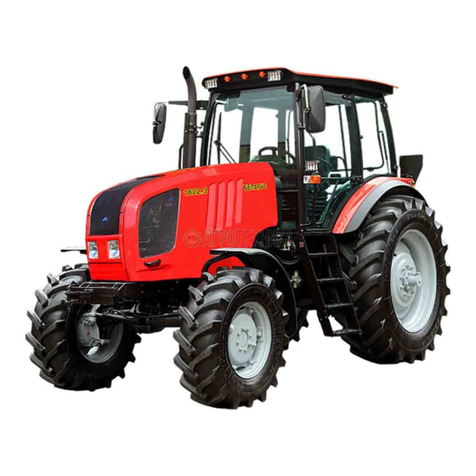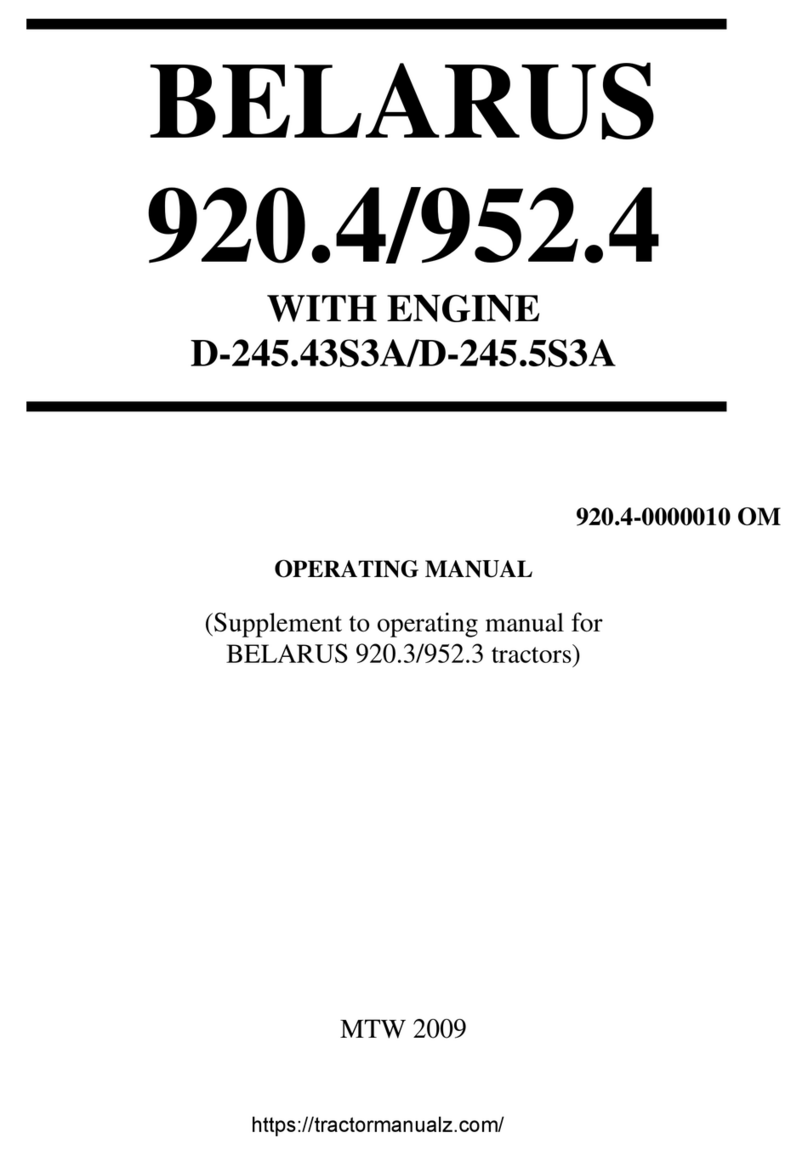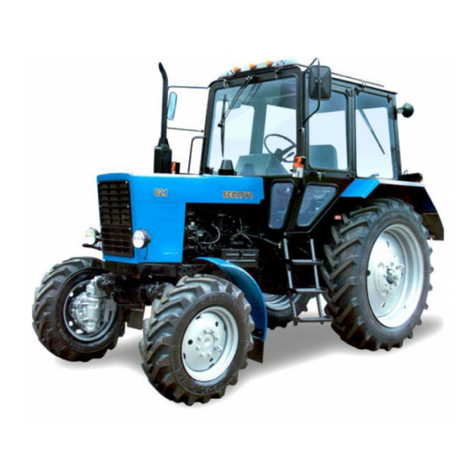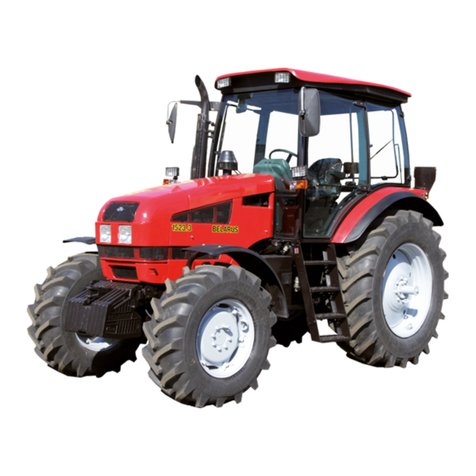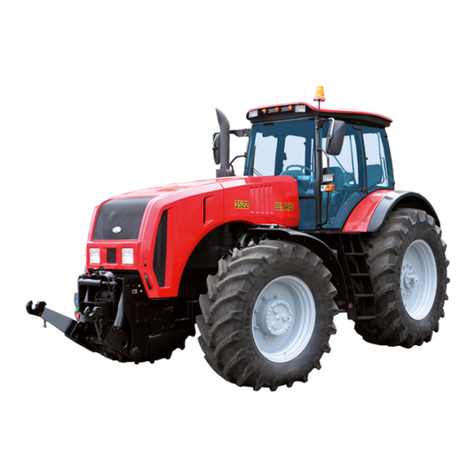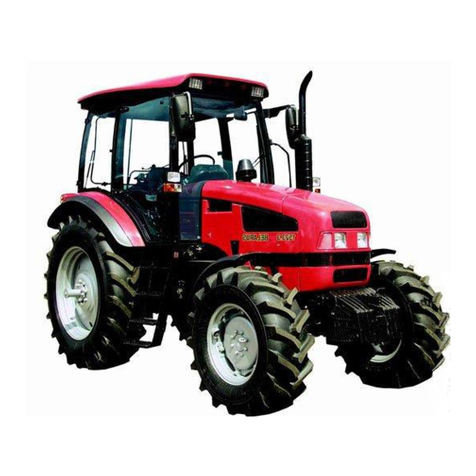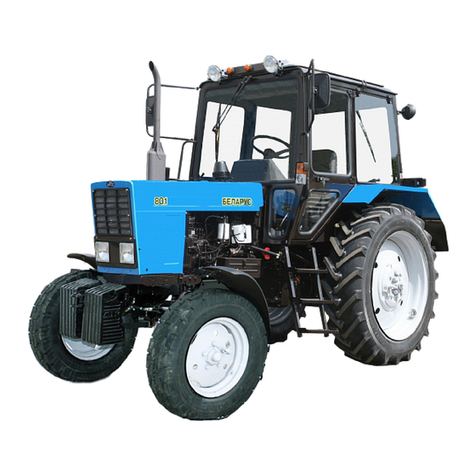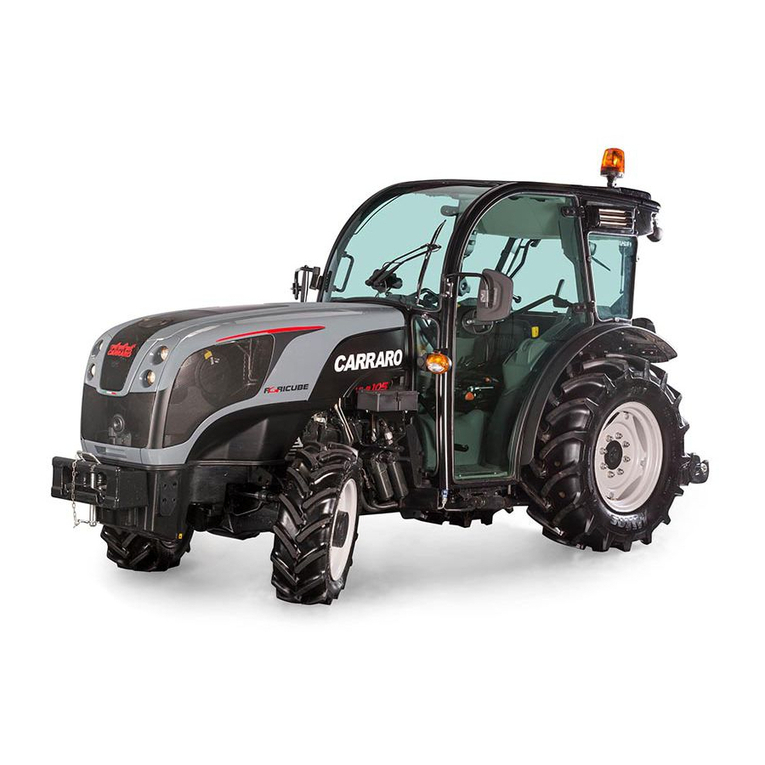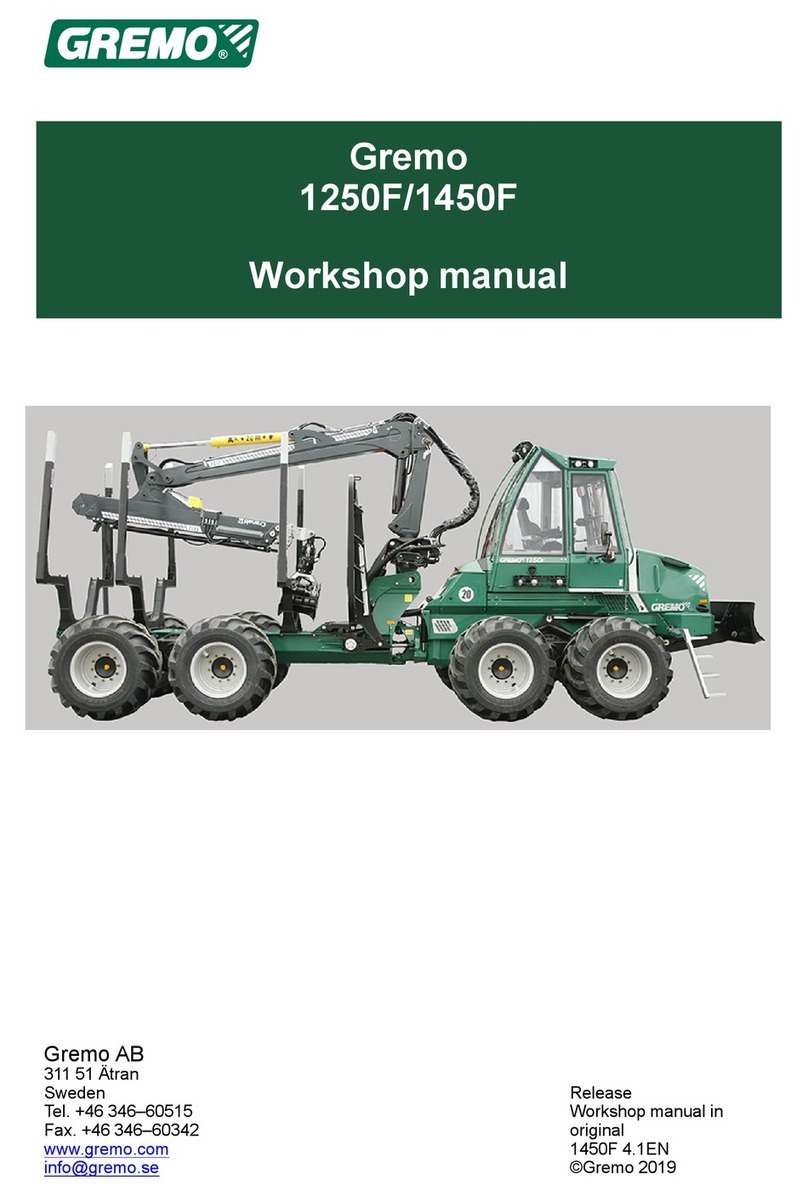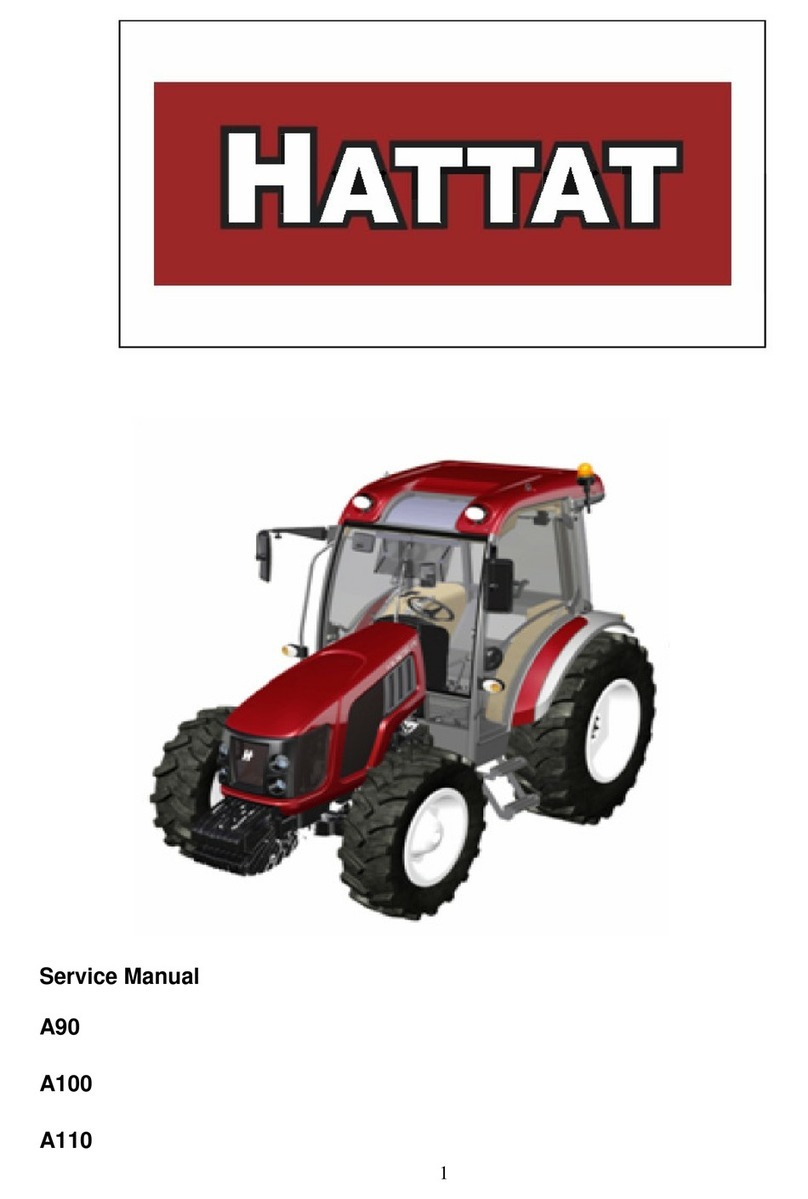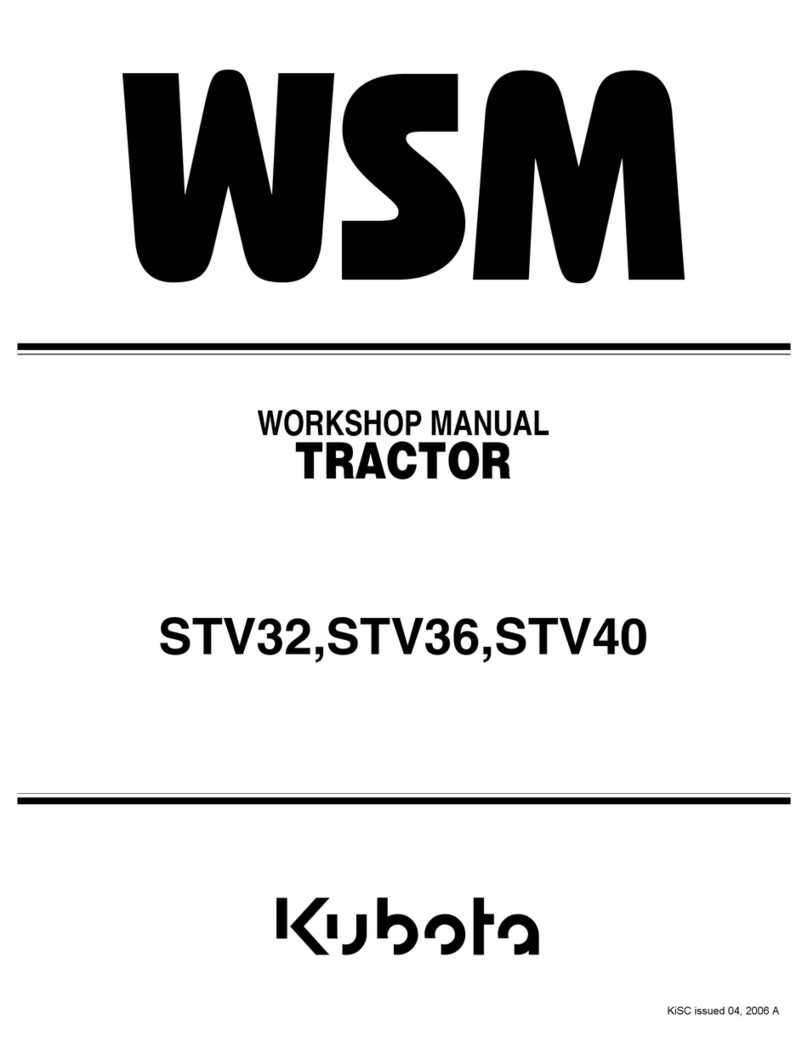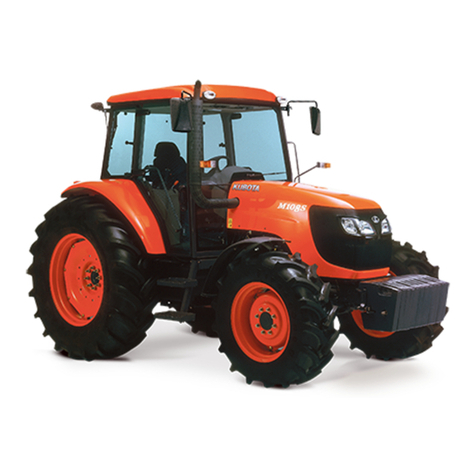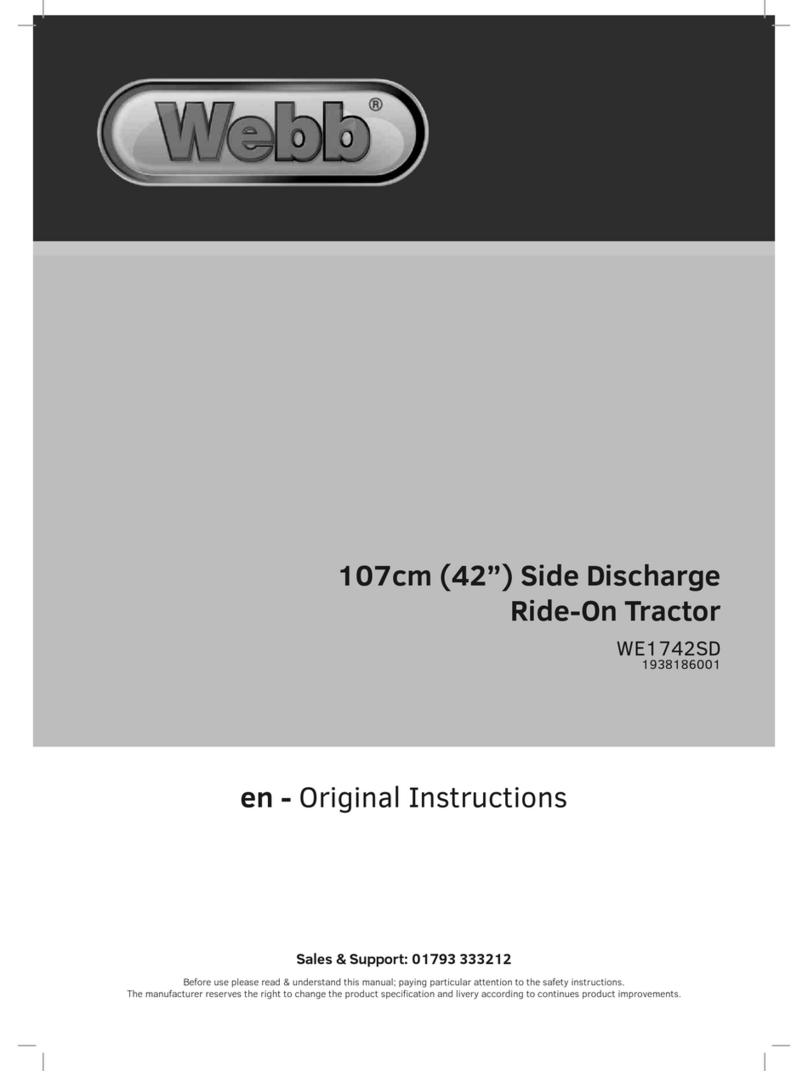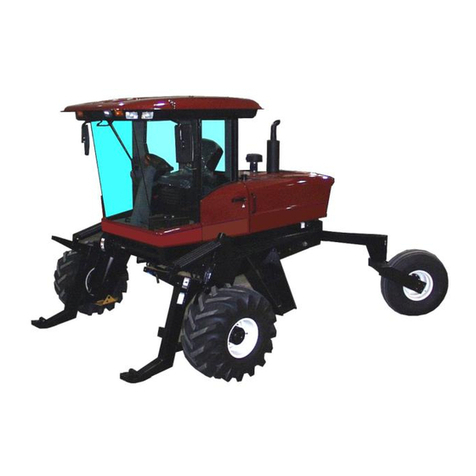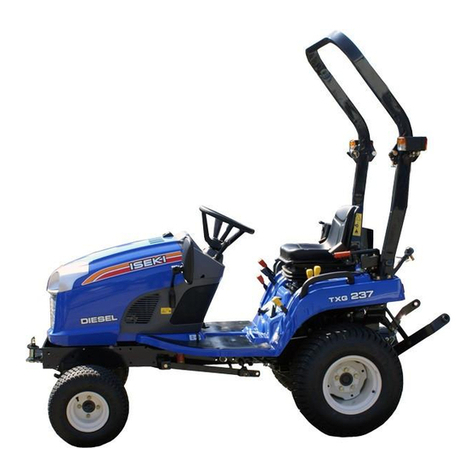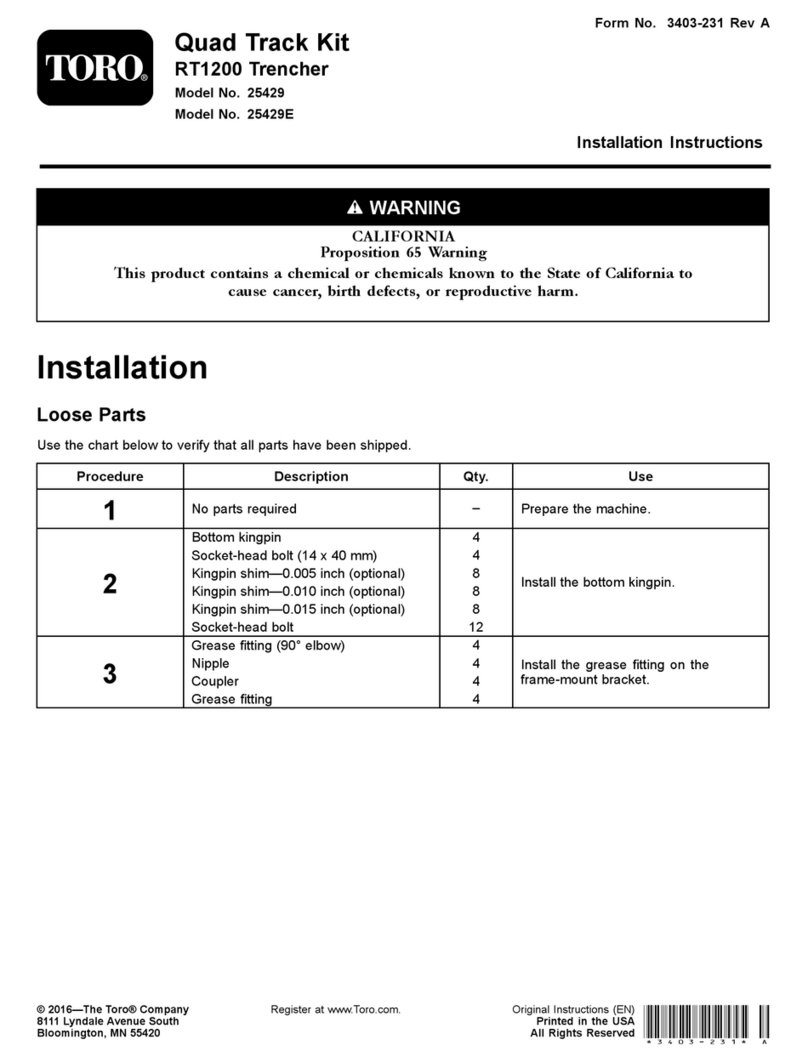
1523.6-0000010 OM
4
2.17.3 Remote buttons of RLL control system ...................................................................52
2.17.4 Troubleshooting of RLL electronic control system ..................................................53
2.17.5 Front lift linkage control...........................................................................................54
2.18 HLL pump control.......................................................................................................54
2.19 HLL valve group section control (remote cylinders) ...................................................55
2.20 Switching unit and electric cutout fuses .....................................................................56
2.20.1 General information ................................................................................................56
2.20.2 Switching unit and fuses for electrical equipment ...................................................56
2.20.3 Fuses for electronic systems of rear axle DL, FDA, GB reduction unit, FPTO and
RLL control ........................................................................................................................63
2.20.4 Fuses for engine electronic control system.............................................................64
2.21 Cab locks and handles...............................................................................................65
2.21.1 Cab door locks........................................................................................................65
2.21.2 Side window opening ..............................................................................................65
2.21.3 Rear screen opening...............................................................................................66
2.21.4 Cab hatch opening..................................................................................................66
2.21.5 Cab emergency exits ..............................................................................................66
2.22 Seat and its adjustments............................................................................................67
2.22.1 General information ................................................................................................67
2.22.2 Adjustments of “BELARUS” seat. ...........................................................................67
2.22.3 Adjustments of “Grammer” seat..............................................................................68
2.23 Control of the transmission hydraulic system pump drive ..........................................69
2.24 Control of the pneumatic system compressor............................................................69
2.25 Connector elements of the electrical equipment ........................................................70
2.25.1 Socket to connect coupled agricultural equipment..................................................70
2.25.2 Connection of additional electrical equipment of coupled machines.......................70
2.26 Creeper control ..........................................................................................................71
2.26.1 Creeper control on tractors with GB16x8 ................................................................71
2.26.2 Creeper control on tractors with GB 24x12 .............................................................72
2.27 Gears and ranges shifting of GB 24х12 .....................................................................72
2.28 Fuel tanks ..................................................................................................................74
2.29 SCR system operation ...............................................................................................74
2.29.1 Tank for SCR system liquid ....................................................................................74
2.29.2 Indication of SCR system operation........................................................................75
3 INTENDED USE OF TRACTOR.....................................................................................77
3.1 Safety measures while preparing tractor for operation.................................................77
3.2 Tractor use...................................................................................................................78
3.2.1 Boarding the tractor ..................................................................................................78
3.2.2 Engine start and preparation for it.............................................................................78
3.2.3 Start of tractor movement, GB shifting ......................................................................80
3.2.4 Tractor stop...............................................................................................................81
3.2.5 Engine stop...............................................................................................................81
3.2.6 Leaving the tractor ....................................................................................................82
3.2.7 PTO use....................................................................................................................82
3.2.8 Selection of optimal inner pressure in tires depending on operational conditions and
load on tractor axles ..........................................................................................................85
3.2.8.1 Selection of optimal inner pressure in tires depending on operational conditions
and load on tractor axles....................................................................................................85
3.2.8.2 Tire inflation ...........................................................................................................86
3.2.9 Rear wheel track formation .......................................................................................87
3.2.10 Rear wheel twinning................................................................................................88
3.2.11 Front wheel track formation ....................................................................................89
3.3 Safety measures while tractor operation......................................................................91
